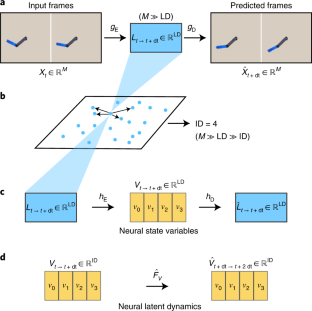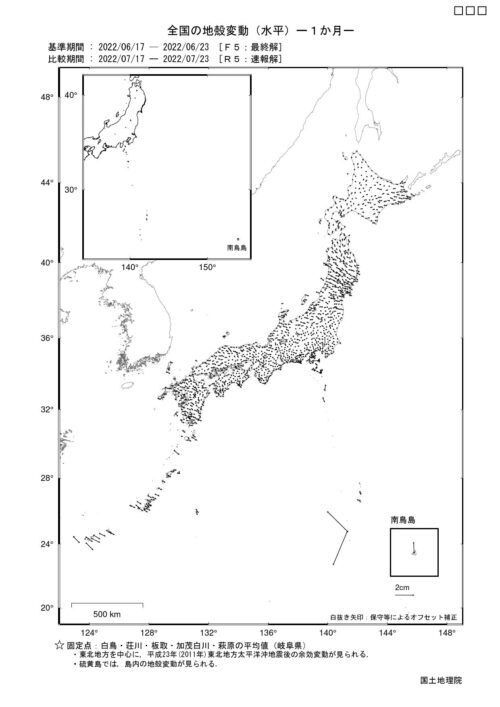AIは、溶岩ランプや膨張式エアダンサーの動画を観察し、科学者がまだ理解していない数十の物理変数を特定しました。 AI observed videos of lava lamps and inflatable air dancers and identified dozens of physics variables that scientists don’t yet understand.
2022-08-03 コロンビア大学
このアルゴリズムは、データを研究してそこから物理的関係を抽出しようとする初めてのものではないが、リプソンによれば、システムで予測される変数の数や種類に関する情報をアルゴリズムに与えないという点で、今回の研究は際立っているという。このため、システムは人間のレンズを通してのみ変数を探すよう制限されることはなく、このようなシステムの中に隠された物理を明らかにするために極めて重要である。
<関連情報>
- https://www.vice.com/en/article/xgyy7z/ai-is-inventing-its-own-fundamental-physics-and-scientists-are-baffled
- https://www.nature.com/articles/s43588-022-00281-6
実験データに隠された基本変数の自動発見 Automated discovery of fundamental variables hidden in experimental data
Boyuan Chen,Kuang Huang,Sunand Raghupathi,Ishaan Chandratreya,Qiang Du & Hod Lipson
Nature Computational Science Published:25 July 2022
DOI:https://doi.org/10.1038/s43588-022-00281-6

Abstract
All physical laws are described as mathematical relationships between state variables. These variables give a complete and non-redundant description of the relevant system. However, despite the prevalence of computing power and artificial intelligence, the process of identifying the hidden state variables themselves has resisted automation. Most data-driven methods for modelling physical phenomena still rely on the assumption that the relevant state variables are already known. A longstanding question is whether it is possible to identify state variables from only high-dimensional observational data. Here we propose a principle for determining how many state variables an observed system is likely to have, and what these variables might be. We demonstrate the effectiveness of this approach using video recordings of a variety of physical dynamical systems, ranging from elastic double pendulums to fire flames. Without any prior knowledge of the underlying physics, our algorithm discovers the intrinsic dimension of the observed dynamics and identifies candidate sets of state variables.



